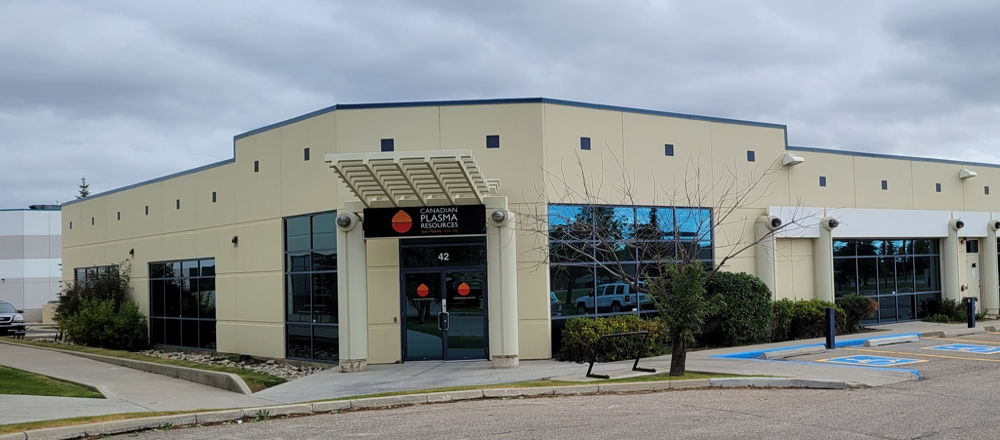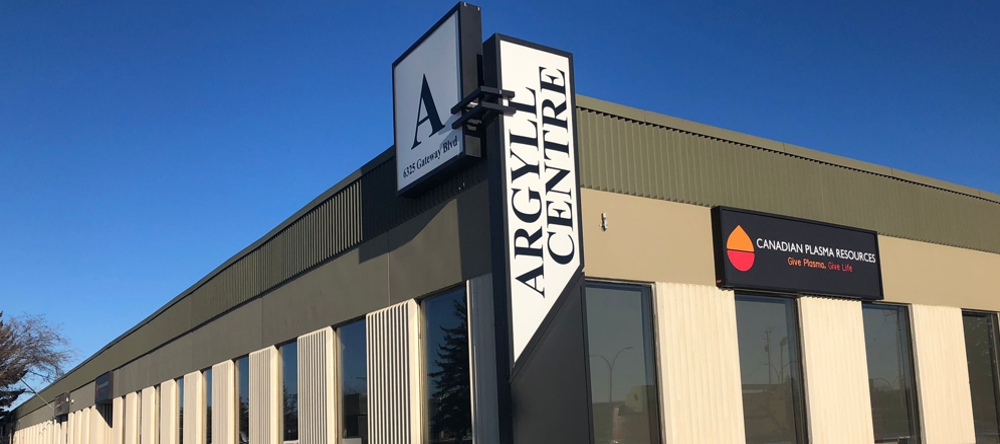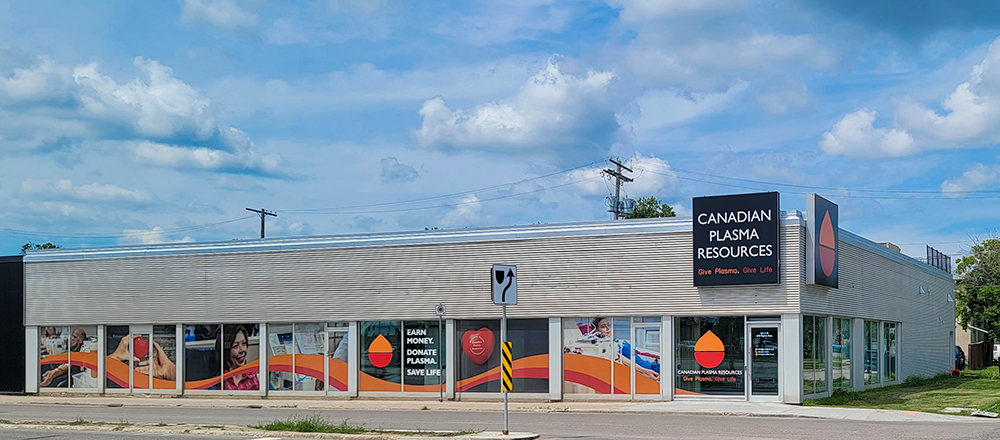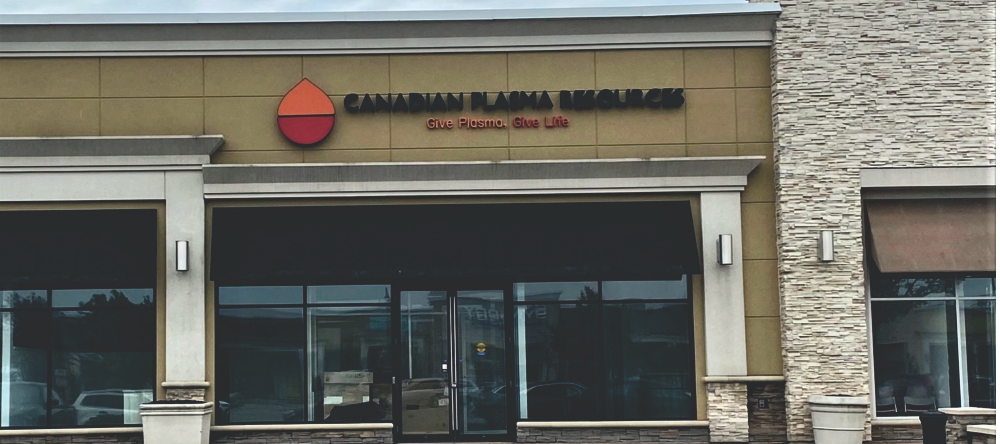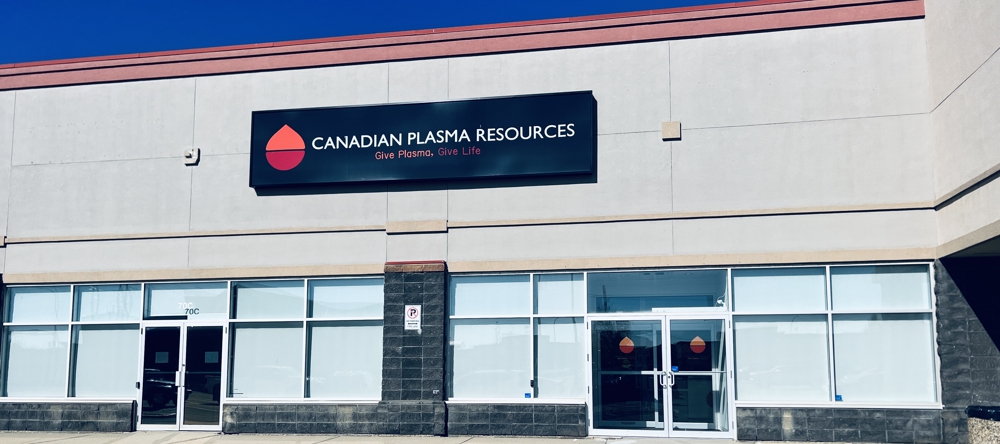A Brief History of IVIG Therapy
August 27, 2020

Intravenous immunoglobulin (IVIG) is a life-saving treatment manufactured from human plasma. It is used to treat a host of rare and chronic conditions, some of which include primary immune deficiency diseases (PIDDs), Kawasaki disease, and hereditary angioedema. IVIG has come a long way since it was first used in 1952, and today it is a widely-used product that is considered to be safe. Here’s a look at how IVIG therapy came to be.
Fractionation and Intramuscular Immune Globulin (IMIG)
There are several scientific discoveries and events that contributed to the creation of IVIG treatments. One notable discovery that helped make IVIG treatments possible is plasma fractionation, the process of separating the various components in blood plasma.
The invention of fractionation was born out of necessity during WWII. Countless American soldiers were bleeding out on the battlefield and going into shock before they had the chance to receive medical aid. Dr. Edwin J. Cohn, a biochemist and protein scientist, stepped in to help and figured out a way to individually separate the proteins in human plasma so that albumin, the chief protein constituent of plasma, could be quickly administered and increase blood volume.
In 1941, Dr. Cohn was commissioned by the Department of the Navy to develop a large-scale fractionation process to separate albumin from plasma. More than 2 million units of albumin were manufactured as a result of his invention and purified immune globulin treatments were made possible. The first human immune globulin treatments were intramuscular immune globulin (IMIG) injections that were extremely painful when administered, but life-altering for immunocompromised patients nonetheless.
First Generation IVIGs
The first generation of IVIGs came to be after Dr. Ogden Bruton, an Army lieutenant colonel and practicing pediatrician, successfully administered immune globulin as a subcutaneous treatment to an 8-year-old boy who had congenital agammaglobulinemia. Dr. Charles A. Janeway Jr., an immunologist from Harvard School of Medicine, subsequently used Bruton’s work to establish IM dosages of immune globulins as a treatment for primary immune deficiency (PIDD) patients. These immune globulin injections became a standard treatment for PIDD patients between 1950 and 1960.
By 1970, the first generation of intravenous immune globulins were created and patients were able to receive large amounts of immune globulin for the first time, which resulted in fewer infections for PIDD patients. IVIG treatments were also found to be effective against previously untreatable diseases, like Kawasaki syndrome.
Second Generation IVIGs
The first generation of IVIGs were far from perfect and the use of pepsin, a naturally occurring enzyme, to break apart proteins decreased the immune globulin activity. Thankfully, by the mid-1980s they were able to figure out a way to use sugars and amino acids to make the products more tolerable in large doses, which meant patients could receive large quantities of IVIGs with fewer associated side effects.
Third Generation IVIGs
To improve the safety of IVIGs and prevent the possibility of virus transmission, steps such as solvent-detergent and pasteurization were added to the third generation of IVIGs. These effectively destroyed harmful viruses and unwanted organisms, making the treatment even safer. This manufacturing practice became the new standard in the 1990s.
Fourth Generation IVIGs
The IVIGs that are available today are fourth generation IVIGs. They are safer and better tolerated than prior generations, and they are used to treat patients with rare diseases around the world.
IVIG treatments have drastically improved over the years and their safety and efficacy have made it possible for immunocompromised patients can receive the treatments they need with minimal risk. To help create this life-changing product for patients in need, book your next appointment at a Canadian Plasma Resources centre near you. Every donation makes a difference in someone’s life.



